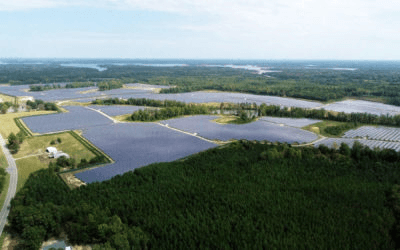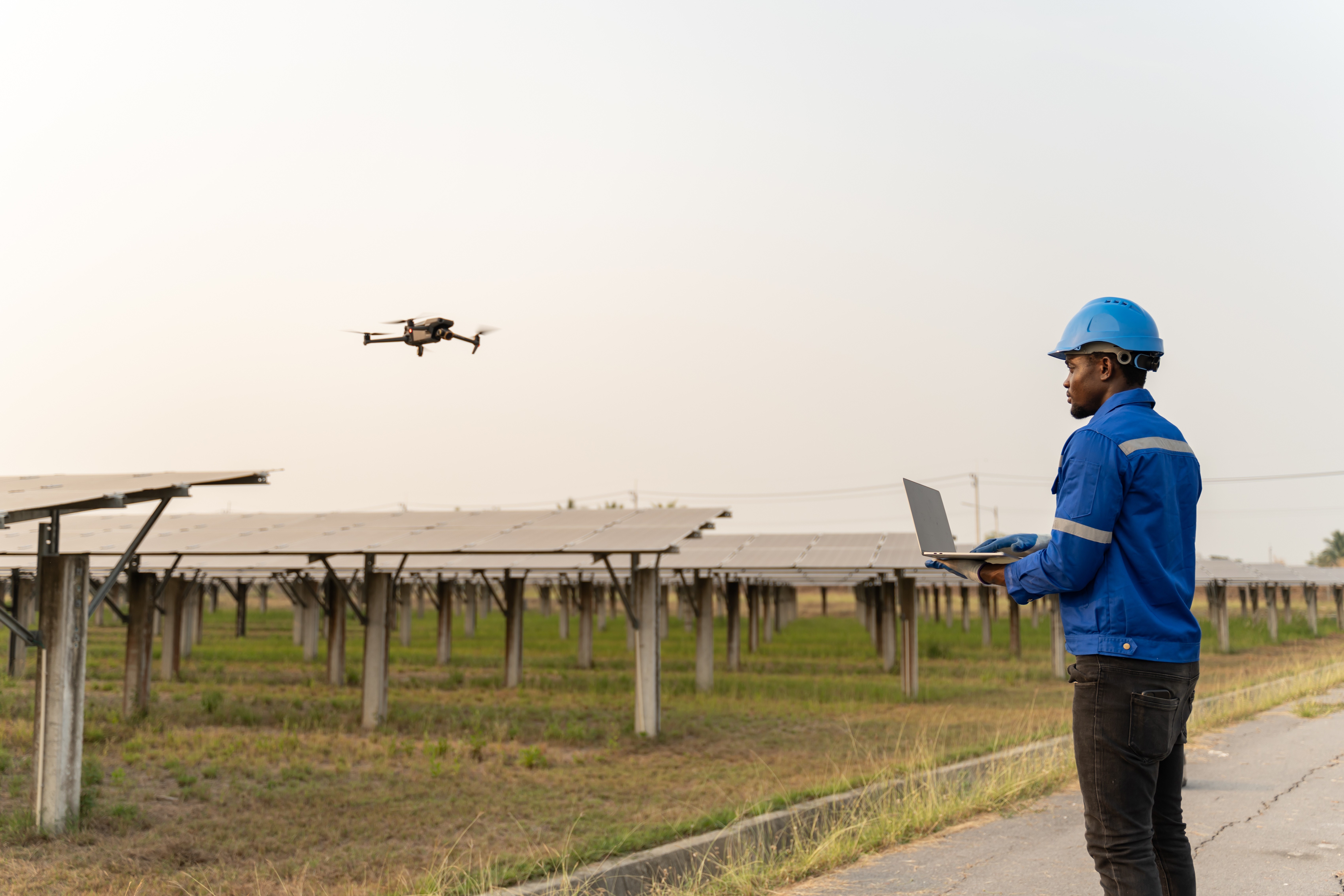/
Live Webinar: RMUS and Raptor Maps Present the Entire Process of Inspecting a Solar Farm and Creating Reports
Posted On 4/5/18
From Turning Propellers to Turning Wrenches
Do you provide drone-based PV system (solar farm) inspection services? Are you trying to break into the solar industry and provide solar farm inspections for new clients? Are you interested in learning about how you can deliver useful solar farm management reports to your clients? If you answered yes to any of these questions, then this webinar is for you!

Join Jon McBride, VP of Technology at RMUS, and Nikhil Vadhavkar, CEO and co-founder of Raptor Maps, for a free webinar April 25th at 2:00pm EDT (UTC-4) as they walk through a how to perform a solar farm inspection, from flight planning and piloting the drone to the creation of final deliverables.
What you’ll learn:
How to fly and inspect a solar farm with a drone and infrared camera
Why you should also collect high-resolution color images and the quickest way to collect this second data set
Why you should be delivering a PV system inspection report to your client and not just a thermal map of the solar farm
How Raptor Maps has made it easy for anyone to use drones to manage solar assets
According to Greentech Media, the leading market research authority for the electricity industry, 2018 will be the first-ever-triple-digit year for the global solar market, with more than 100 GW (gigawatts) of solar coming online, source link. To put this in perspective, 100 GW is more than 400,000 acres of solar projects being completed by the end of 2018. All those GWs will need trained pilots to perform solar farm inspections!
*If you are unable to attend the live webinar, please sign up anyway and we’ll send you the recording.
Live Webinar: April 24th, 2018 at 2:00 PM EST
Followed by a 30-minute Live Q&A
Contact us
Raptor Maps is building the digital foundation for a more resilient and scalable solar. From construction to end-of-life, we are your long-term software partners to ensure your sites are operating as expected and producing reliable energy to support the energy transition.



